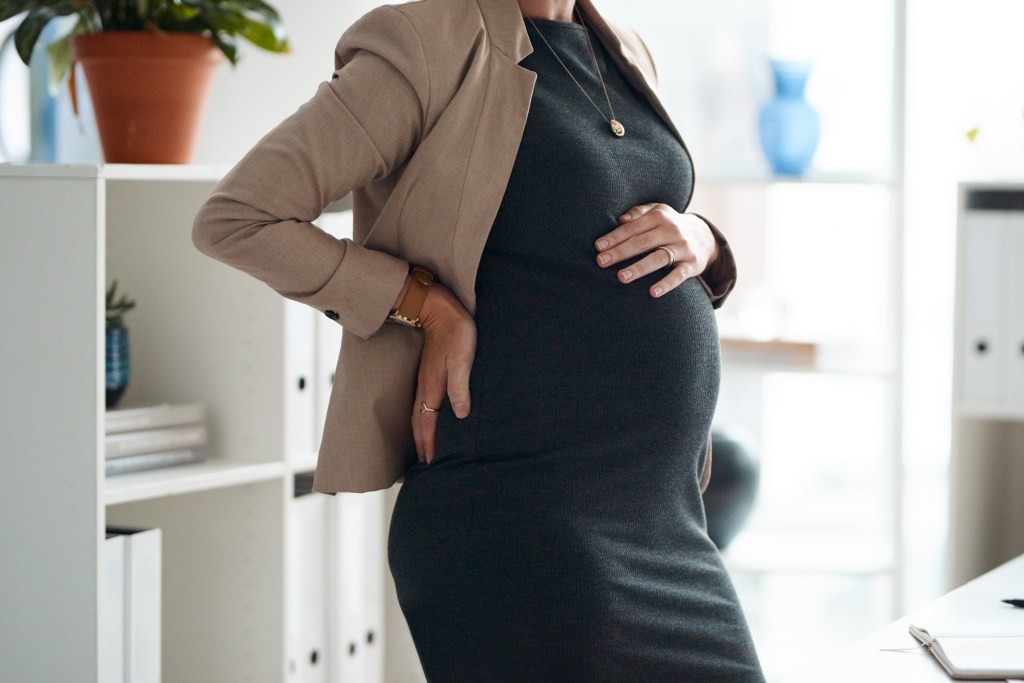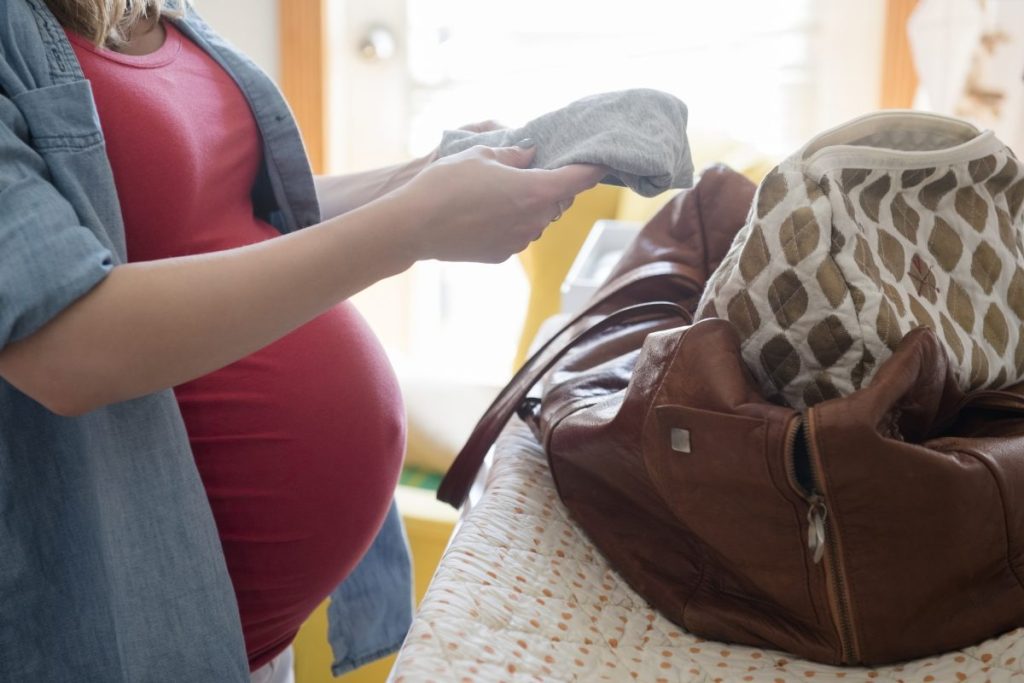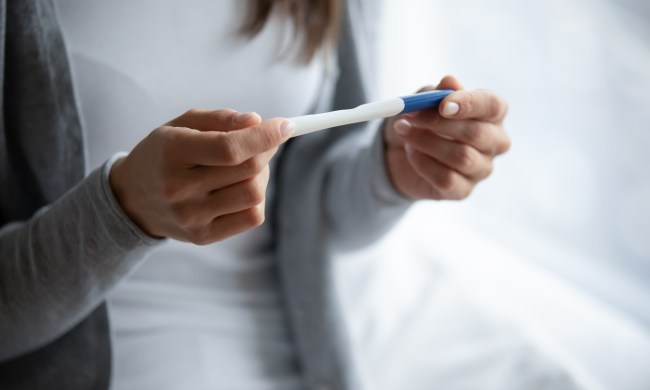Pregnancy is an exciting time, but many women begin to feel an array of emotions as they approach the third trimester. The third trimester brings everyone one step closer to having a new baby in the house. Not only does the body continue to go through a lot of changes in the third trimester, but the baby will also experience significant development at this time.
While this is an exciting time it can also be a bit stressful for any expectant mother, leading to feelings of anxiousness and nervousness. Pregnancy can take a toll on a woman’s mental and physical health so it’s important she continues to prioritize her care throughout her pregnancy. Here’s some of what mothers-to-be can expect during the final weeks of pregnancy and how to prepare for labor and delivery.
When is the third trimester?

The third trimester refers to weeks 28 through 40 of pregnancy. Your due date is calculated to be 40 weeks from the first day of your last menstrual period, but in reality, only about 4% of women will give birth on their actual due date. Most people will give birth within 2 weeks of their due date, either before or after. About 10% of people give birth after 42 weeks.
Those who have multiples tend to have a shorter third trimester as they tend to give birth before 40 weeks gestation. Being as accurate as possible with your due date is important as it helps your doctor or medical provider be able to track your baby’s growth and ensure everything is on track.
That growing bump

Every stage of pregnancy is exciting, and being able to experience feeling your baby move and kick inside you as she grows is a truly unique experience. However, as a woman enters her third trimester, that excitement can also become discomfort. Any woman who has ever experienced a foot in the ribs or a head pressing on their pelvic bone knows that those last few weeks of pregnancy aren’t always the most pleasant.
As the baby starts to really put on weight during that last trimester, it can start to feel pretty crowded inside that baby bump. This can make the mom-to-be a bit uncomfortable, especially as the baby transitions to a head-down position to prepare for childbirth.
Physical changes

According to Johns Hopkins Medicine, women can experience many physical changes during their third trimester. Some women may feel an increased need to pee thanks to added pressure on the bladder, an increase in body temperature, and swelling in the face, ankles, and hands. Leg cramps and even new hair growth on the arms and legs during those final weeks of pregnancy are common.
Women in their third trimester may start to lose their sex drive, develop dry, itchy skin, and experience constipation, heartburn, and indigestion. Growing a baby can take a serious toll on the body, and women may also experience body aches, especially in their back, hemorrhoids, and heartburn as they near the end of their pregnancy. While this can make life a bit uncomfortable, many of these changes go away after the baby is born.
Braxton Hicks

Many women begin to experience Braxton Hicks contractions in their third trimester. Name after Dr. John Braxton Hicks, these contractions can often make an expectant mother wonder if she’s going into labor, only to simply subside a short time later. Braxton Hicks mimics regular labor contractions as the uterus tightens and the stomach begins to feel hard, and the closer a woman gets to her due date the more frequent and intense they can become.
The American Pregnancy Association states that Braxton Hicks typically last just a short time, but can last as long as two minutes. Unlike regular labor contractions, these are often unpredictable and don’t follow any schedule. Braxton Hicks are typically not painful and can disappear as quickly as they started.
Rest is important

Many women aren’t prepared when that fatigue they experienced in their first trimester decides to show up again in the third trimester. It can seem like there is still so much to do in the third trimester, but it’s really important to take care of yourself by getting lots of rest.
With so many changes happening to your body it can seem like you’re running out of time to get everything done, but your health is the top priority, and making sure you’re adequately rested is a big part of that. Taking frequent naps or even time to sit down and put your feet up during the day is important in ensuring you’re not overdoing it. Meditation is also a great way to take some much-needed time to dedicate to your mental well-being.
Time to prepare

Once you enter your third trimester it’s time to prepare for the baby’s arrival, and that includes getting the nursery ready, making sure you have all the supplies you need, and finalizing your birth plan. By the third trimester, a woman will be seeing her doctor, doula, midwife, or other healthcare providers more frequently to ensure that everything is on track. This is the perfect time to ask any questions about the labor and delivery process and to ensure that everyone involved is aware of your wishes for your childbirth experience.
You will also want to have a plan for visitors after the baby is born as it can be quite a busy and overwhelming time. Babylist also suggests using this time to stock your freezer with a few easy meals for those first few days home with the baby, schedule a hospital tour, pack your hospital bag, and prepare the baby’s room, clothes, and car seat. This way, if the baby should arrive early, you’re completely ready.
The third trimester is definitely an exciting time but it can also cause a lot of anxiety, especially if this is your first baby. This is the time to ask any questions you may have and enjoy the last few weeks before the baby arrives. The more you are prepared for what to expect the calmer you’ll feel when your baby makes an appearance.




